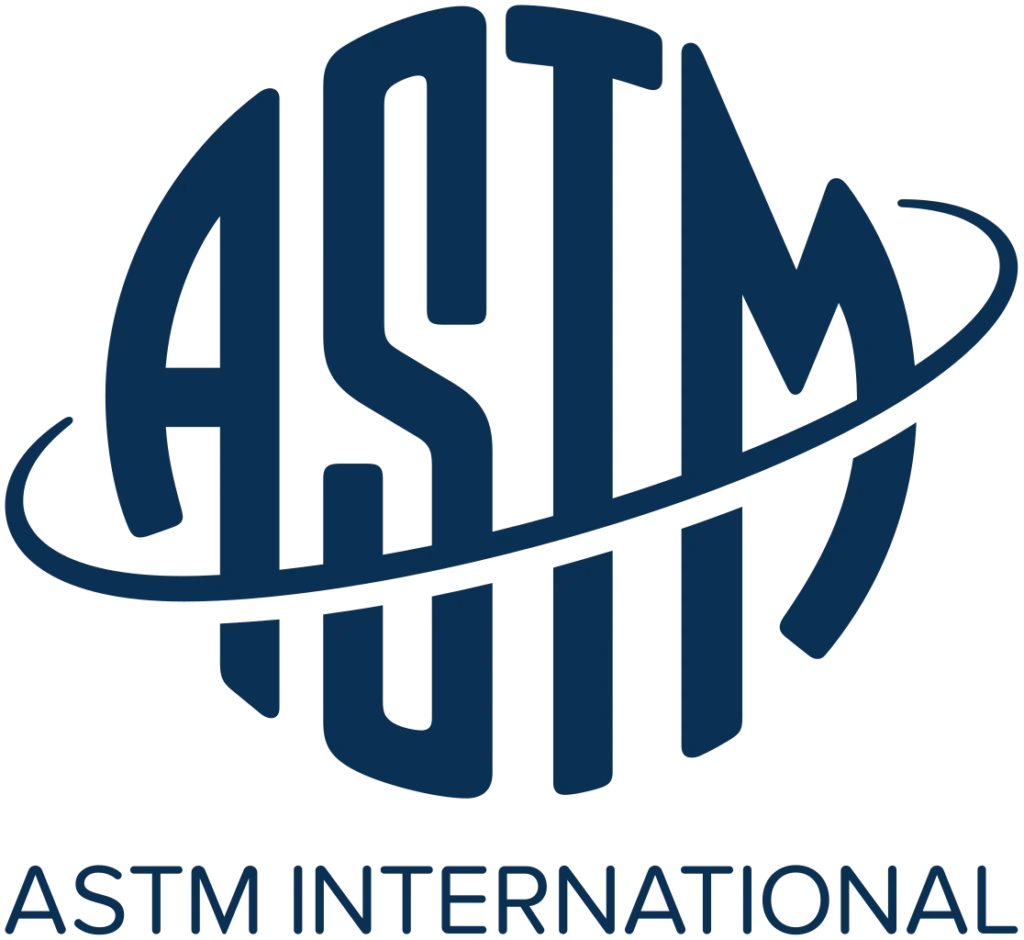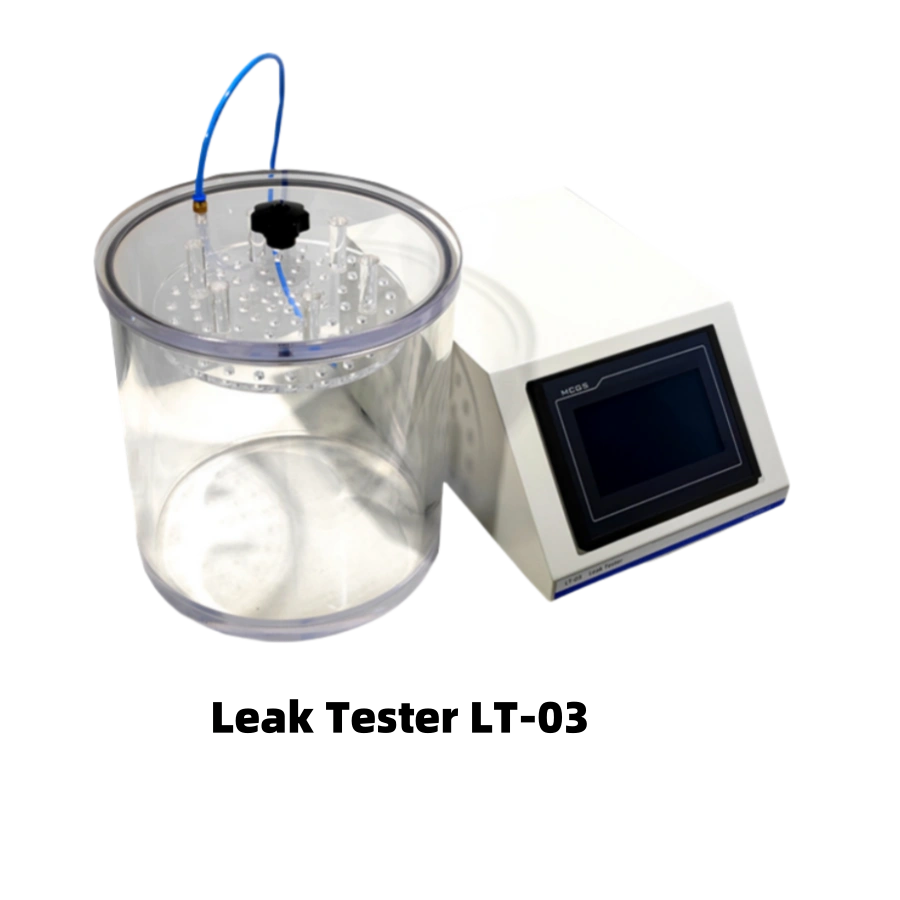Mastering the Vacuum Leak Test Procedure ASTM D3078
Introduction to Vacuum Leak Test Procedures
Leak detection is a critical aspect of quality assurance in industries such as pharmaceuticals, food packaging, and medical devices. A reliable vacuum leak test procedure ensures product integrity, safety, and compliance with industry standards. Among the most advanced methods is the vacuum decay leak testing solution, which leverages precise pressure differential measurements to identify even the smallest leaks.
Understanding the Vacuum Decay Package Leak Tester
A vacuum decay package leak tester is a sophisticated device designed to detect leaks in sealed packages by measuring changes in vacuum pressure. Key components include:
- Vacuum Chamber: Creates a controlled environment for testing.
- Pressure Sensors: Monitor pressure changes with high precision.
- Data Acquisition System: Records and analyzes decay rates to determine leak presence.
This apparatus is widely used in industries where package integrity is critical, such as sterile medical packaging and perishable food containers.
Leak Test Apparatus Principle: How Vacuum Decay Technology Works
The leak test apparatus principle behind vacuum decay technology is based on pressure differentials. Here’s how it works:
- Vacuum Creation: The package is placed in a sealed chamber, and a vacuum is applied.
- Pressure Monitoring: Sensors measure the initial vacuum level and monitor for any pressure changes over time.
- Decay Analysis: If the package has a leak, air will enter, causing a detectable pressure increase (decay). The rate of decay correlates with the leak size.
This vacuum decay leak testing solution is highly sensitive, capable of detecting micro-leaks that other methods might miss.
ASTM D3078 Standard Test Method: Compliance and Best Practices
The ASTM D3078 standard test method is a widely recognized protocol for detecting leaks in flexible packaging using vacuum decay technology. Key aspects include:
- Test Setup: Proper calibration of the vacuum decay package leak tester.
- Procedure: Applying a specific vacuum level and monitoring pressure changes over a defined period.
- Acceptance Criteria: Determining pass/fail based on predefined decay thresholds.
Compliance with ASTM D3078 ensures consistency, reliability, and regulatory acceptance across industries.

Step-by-Step Vacuum Leak Test Procedure
Executing a vacuum leak test procedure involves the following steps:
Pre-Test Preparations
- Calibrate the vacuum decay package leak tester to ensure accuracy.
- Mount the test sample securely in the vacuum chamber.
Executing the Test
- Apply a vacuum to the chamber and stabilize the pressure.
- Monitor the pressure for a specified duration, typically 10-30 seconds.
- Record any pressure decay, which indicates a leak.
Post-Test Protocols
- Log test results for quality assurance and traceability.
- Perform routine maintenance on the leak test apparatus to ensure long-term reliability.
Applications of Vacuum Decay Leak Testing Solutions
Vacuum decay leak testing solutions are versatile and widely used in:
- Pharmaceuticals: Ensuring the integrity of blister packs and sterile containers.
- Food Packaging: Detecting leaks in vacuum-sealed bags and trays.
- Medical Devices: Verifying the sterility of surgical instrument packaging.
Compared to traditional methods like dye penetration or bubble testing, vacuum decay testing offers higher sensitivity and non-destructive evaluation.
Conclusion
The vacuum leak test procedure is a critical quality assurance method widely adopted across industries such as packaging, pharmaceuticals, food, and medical devices. This technique plays an essential role in verifying product integrity, preventing contamination, and ensuring regulatory compliance. By utilizing vacuum decay leak testing solutions, manufacturers can identify even the smallest leaks with high sensitivity and repeatability.
The procedure aligns with the ASTM D3078 standard test method, which provides a reliable framework for detecting gross leaks in flexible packaging using a vacuum chamber. This non-destructive test method offers significant advantages, including ease of operation, rapid results, and minimal operator influence, making it suitable for both laboratory and production environments.
As technological innovations continue to enhance sensor precision, automation capabilities, and data analytics integration, vacuum decay testing is evolving into a more intelligent and efficient solution. Its application not only improves product safety and shelf life, but also supports sustainability goals by reducing waste and avoiding product recalls.

